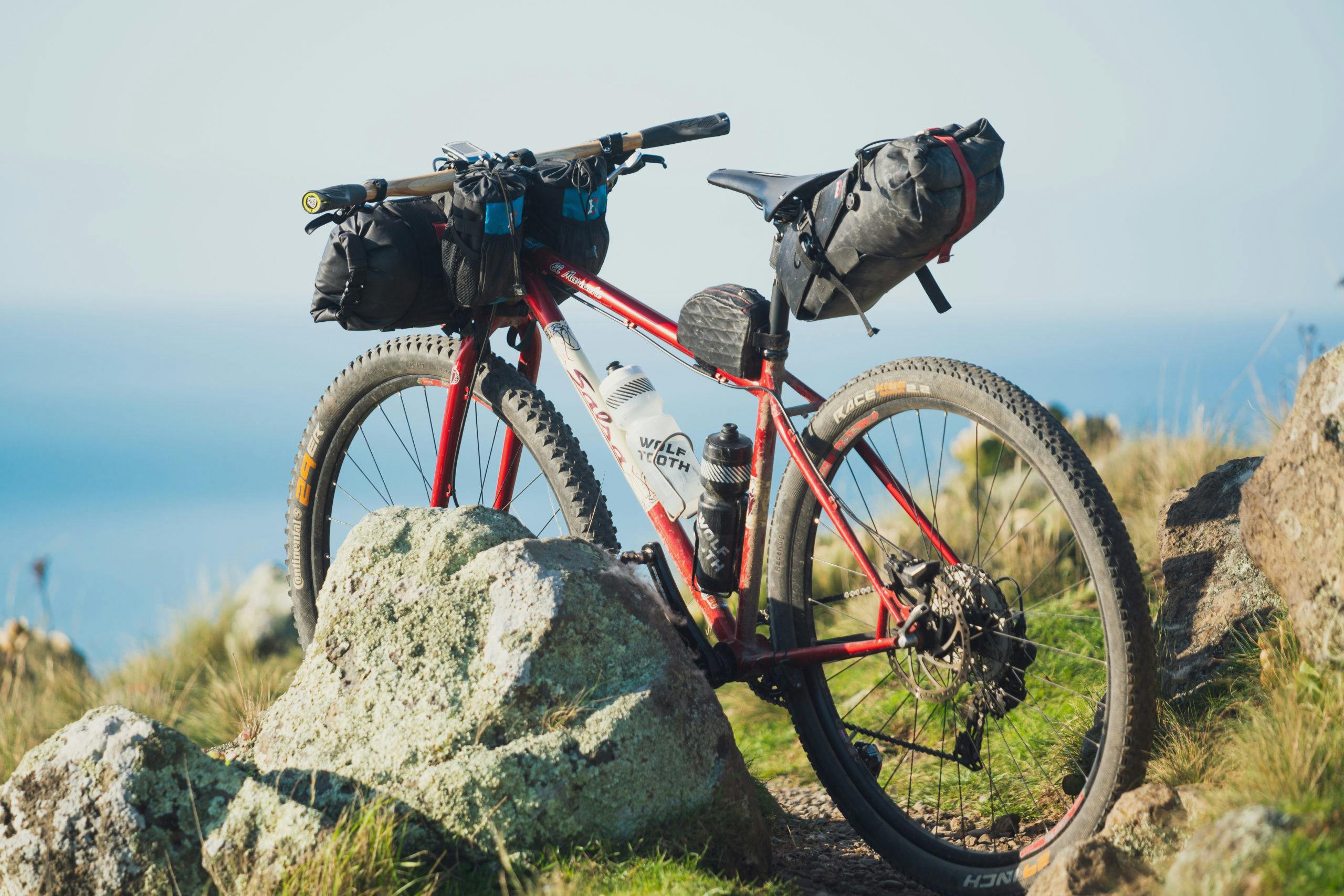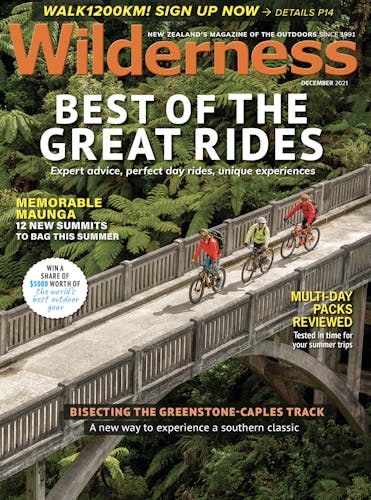A little customisation and a proper bike fit will ensure your bike stays comfortable for the duration of your ride.
It’s day three of your five-day bikepacking trip and already you’re dreading having to sit painfully on that seat again; your neck is sore and one of your hands feels numb.
Among the excitement of buying a new bike, preparing for a trip, or perhaps if you ride intermittently, it’s easy to overlook bike comfort, particularly for rides of more than just a couple of hours.
Although they come in different sizes, bikes are often sold as ‘one configuration fits all’, but people come in different proportions and all have slightly different uses for bikes.
Here’s how to optimise your bike for comfort on longer rides, whether it’s new, or you’re modifying an existing bike.
Saddle
Of the trident of contact points on a bike, the saddle is the most important because your level of comfort here can make or break a trip. Being uncomfortable can make it hard to relax and enjoy a ride and can lead to saddle sores.
The key to comfort is to find a saddle that is compatible with the shape of your sit bones. Generally, slightly wider saddles (in the 150–170mm range) are best, but some people will find a narrower seat more comfortable. A good starting point is to measure your sit bone width and shape on a machine at a good bike shop, from which a width or seat model can be recommended.
Usually, it’s excessive pressure on the sit bones that cause hot spots or chafing, which can lead to saddle sores. A wider saddle will help distribute your weight and reduce pressure. Saddles with a groove, or cut-out, increase airflow and can help reduce pressure on other parts of the anatomy. Cut-out saddles usually flex more too, which provides some suspension.
Leather topped saddles such as Brooks B17 are popular for cyclists seeking absolute comfort, because the leather conforms to the shape of your sit bones, virtually eliminating pressure points, but they take weeks to break in and don’t suit everybody. The Brooks synthetic Cambium C15 and 17 models are also comfortable and offer all-weather durability. Ergon and Specialized also make good saddles.
Bars and grips
For upright comfort and optimum control, especially on a loaded bike, a ‘flat’ hand-lebar is best. The most comfortable hand-lebars used for bikepacking and touring are ‘swept back’, which is different to the quite straight bars that are standard on most new mountain bikes and used for fast, precise steering on technical terrain.
Sweep from 22 to 45 degrees puts your wrists in a more neutral position, with angles in the 30s being the sweet spot for most people. Technical riding (think rocky or rooty singletrack) suitability decreases as sweep increases, so choose based on the type of riding you intend doing.
Paired with anatomic grips, such as the Ergon GA3 or GP1 which feature supportive ‘wings’, a handlebar with a reasonable amount of sweep will considerably increase comfort.
Drop bars are becoming common on the rail trails and bikepacking routes as gravel bikes grow in popularity, but it’s worth considering that these bikes are built with speed and efficiency as the priority, not comfort. Wide or slightly flared drop bars are the most comfortable and offer the best control, and a stem with a few degrees rise will provide a more upright position.
Pedals and shoes
Whether you choose to ride clipless SPD style pedals (which are actually clip-in), or flats, is a matter of preference and for most riding there is negligible difference in efficiency. With flats you can wear whichever shoes you want, while for the former, you’ll need a cleat-compatible shoe. For these, it’s recommended to choose a shoe that has a good high carbon rubber sole for walking in, rather than an ultra-stiff race-style shoe.
Bike fit
The best foundation here is to get a professional bike fit done. A proper bike fit will ensure saddle height and position on the rails, with stem length and height being optimised for comfort and efficiency. This can go a long way towards preventing problems such as wrist, neck, knee and Achilles pain.








